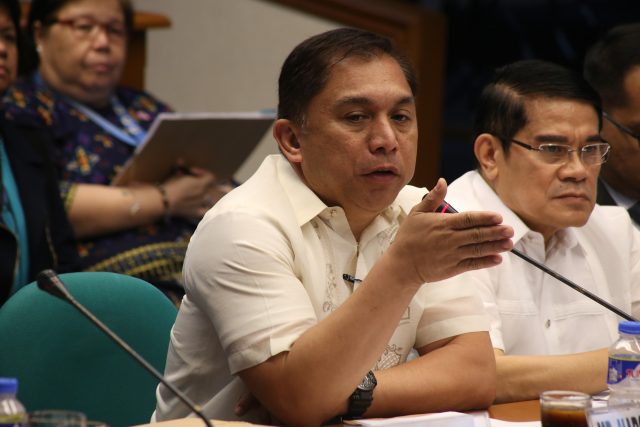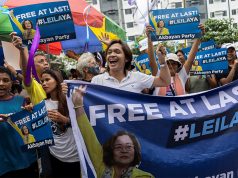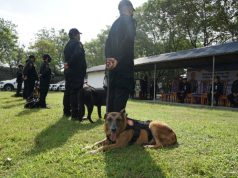
MANILA, Philippines — Military and police representatives confirmed on Tuesday that many uniformed personnel had refused to move into the homes supposedly built for them by the National Housing Authority in Pandi, Bulacan that have since been occupied by activists from the urban poor organization Kadamay.
At the Senate hearing into the Kadamay occupation, the NHA acknowledged that the more than 5,000 houses in Pandi occupied by the urban poor activists were vacant even as it stressed that these units had already been awarded to personnel of the Armed Forces of the Philippines and Philippine National Police.
In fact, the agency said, more than 17,000 of these housing units for uniformed personnel are already being amortized.
This led senators to ask, if this was so, why the beneficiaries have refused to move into the houses.
The AFP and PNP representatives confirmed that they refused to, the primary complaint being that the units, which are only 22-square meters, are too small and the Pandi site is too far away from their places of work.
Asked by Senator Risa Hontiveros if the intended beneficiaries had been consulted on the design of the houses, the NHA officials claimed consultations had been held but the military and police denied this.
Hontiveros also asked the NHA why it continued to construct the houses when it was clear that these had been rejected and what the agency intended to do if soldiers and police personnel refuse to accept their allotted units.
The NHA said because of the Kadamay occupation, they have set June 15 as the deadline for the final listing of AFP and PNP members who intend to move into the houses. If they refuse after this, the houses may be awarded instead to public school teachers, local government workers, barangay officials and informal settlers.
The agency also said they had modified the houses’ design and made these larger.









